How to Plan a Trip to Mallorca
This Spanish piece of paradise is brimming with more than 550 kilometres of killer coastline amongst countless paradisiacal gems for you to discover. Here’s How to Plan a Trip to Mallorca.
Lapping the Mediterranean, Mallorca is nestled with nonpareil natural splendour. Boasting sheltered rocky coves and limestone mountains dotted with picturesque traditional towns, there’s no doubt that this is an escape like no other! Scattered with medieval fortresses, centuries-old monasteries and idyllic crystal-clear waters, Mallorca is one of my favourite weekend escapes from Barcelona!
Mallorca oozes culture and embraces the Roman, Moorish, and Catalan influences that have helped to shape it over the centuries. This Balearic Island is an utter utopia, and myriad off-the-grid hot spots await exploring. ¡Vamos a explorar!
8-Step Planning Checklist
Before you can take the full plunge, work your way through these eight simple steps. Whether you’re planning for the summer, spring, winter or autumn, planning a trip to Mallorca couldn’t be easier! Follow this checklist to begin the adventure of a lifetime!
Step 1: Determine the Destination Country & Cities
Step 2: Decide on the Trip Duration
Step 3: Figure out When is the Best Time to Visit
Step 4: Create a Travel Budget
Step 5: Book Your Accommodation (preferably 3 to 4 months in advance)
Step 6: Research & Organise Transport & Activities
Step 7: Get Your Documents in Order (Visa, Passport & Travel Insurance)
Step 8: Nail the Process with this Packing List
Best Time to Visit Mallorca
The primary season in Mallorca begins in June when the Mediterranean Sea has warmed up, and the festive sunshine and temperatures are at their peak. If you’re planning an active holiday with lots of hiking and activities, the spring is typically your best bet due to its ideal temperatures.
The winter, on the other hand, presents a substantial contrast to the sweltering summer months, and it’s typically an excellent time for those travellers who appreciate the solitude of the beaches and mountains without the hassle of flocking tourists. I recommend visiting during mid to late September when the warm waters and streets still exude that late-summer radiance.
Language
Catalan and Spanish are the main languages spoken in the rest of the Balearic Islands (Castellano).
English and German are widely spoken in major tourist destinations, so you can get by with any of these four languages. Sometimes, you’ll just have to rely on good old-fashioned charades to get you through. Spice it up!
Best Things to Do in Mallorca
Amidst the cosmopolitan capital of Palma de Mallorca, the towering Tramuntana Mountains, quaint fishing villages, and countless attractions and activities, it can be difficult to know where to start. Here’s a basic breakdown of some of the best things to do in Mallorca.
La Seu Cathedral
Mallorca’s principal landmark, La Seu Cathedral, or La Catedral de Santa María, is a sheer masterpiece with dimensions that will leave you in awe. Because La Seu Cathedral took several centuries to complete, it is composed of various architectural styles from a mix of eras; it combines Gothic, Baroque, Renaissance, and Classicism influences.
If you’re wondering how to plan a trip to Mallorca, La Seu Cathedral is one of the most classic bucket list attractions. When the sun shines through the renowned rosette window, the light conjures up captivating, kaleidoscopic reflections in the cathedral's interior. This feature reminds me of Barcelona’s famous Sagrada Familia by Catalan architect Antoni Gaudí.
Castell de Bellver
Situated on a peak above the island’s capital, Palma, the Castell de Bellver is a medieval fortress that’ll take you back in time. Typically considered unique due to its circular shape, the castle has four colossal towers, a Gothic arcade, a museum, and a courtyard. Once used as a prison with a dungeon, this place has a lot of history, making it the perfect fit for all you culture vultures out there.
Cala d’Or
Located on the southeast coast, Cala d’Or, known as the ‘Golden Bay’, is home to delicate sandy coves separated by jagged cliffs. Cala d’Or is a sun lovers’ galore with its varying shades of turquoise and emerald waters. The air is blooming with the scents of dense pine forests and blossoming almond trees almost year-round.
The area also offers sightseeing, water sports and a little something for all party maniacs. Umbrellas, sun beds, boats, surfboards, and kayaks are all available for hire. If you’re interested in cliff diving or snorkelling, head to the main beach of Cala Gran. The best bays for taking a dip, belly flopping, doggy paddling, or whatever tickles your fancy include Cala Gran, Cala Serena and Cala Esmeralda.
Top Tip: These spots can get pretty crowded during the summer months, so if you prefer something quieter, head to the ever-so-scenic S’Amarador Beach.
Close by is the 18th-century fortress of Es Forti, perched on the rocky clifftops. There are archetypally acclaimed chiringuitos (beach bars) stocked with plenty of cerveza, vino and cocteles to send you off into beach-like euphoria. I know I say this a little too frequently, but Mallorca is, without a doubt, home to some of the most blue-ass water my eyeballs have ever feasted upon.
So blue it’s like someone just pimp-slapped you in the face. For more information on all things beaches, Check out this comprehensive guide on the Best Beaches in Mallorca. ¡No hay lugar como la playa!
Sa Dragonera
Located on the southwest of the coast, Sa Dragonera is an uninhabited rugged island with rock faces that soar above sea level, making it a site you don’t want to miss. It is a protected area with a scenic natural landscape, and it’s also home to native lizards, falcons and other wildlife. If you’re thinking about how to plan a trip to Mallorca, Sa Dragonera is a great day-trip destination.
Insel Cabrera
Just off the south coast of Mallorca lies the uninhabited island of Insel Cabrera. With numerous rocky coves, the area predominately features multiple caves and grottos, the ruins of a fortress tower, a naval cemetery, and a lighthouse, all scattered amongst shrubs and rocks.
Cap Formentor
Cap Formentor sits on the foothills of the towering Tramuntana Mountains and boasts a dramatic plunge steeply into the sea. The huge cliff faces form the coastal landscape and evoke a sense of northern Mallorca’s natural beauty. Check out the Mirador d’es Colomer to catch some of the best views. To avoid the crowds, visit in the early morning or late afternoon.
Valldemossa
Valldemossa is a sublime village nestled in the high plateau of the Serra de Tramuntana. Due to its remote location, it has retained its historic charm with buildings dating back to the 16th and 17th centuries.
Valldemossa has a wealth of narrow, cobblestone alleys and terracotta-tiled abodes winding their way to the centre.
There’s also a 14th-century Carthusian Monastery worth checking out too. Valldemossa is an indispensable part of your trip if you’re interested in getting a taste of the more authentic side of Mallorca.
Sóller
Not far from Valldemossa sits the charming, not-so-traditional town of Sóller. Surrounded by the Tramuntana mountain range, the region blooms with almond and fig trees amongst wooded hillsides and effervescent orange groves, forming a spectacular backdrop.
Sóller has a breathtaking blend of architecture, with picture-perfect palaces and tortuously designed façades spanning the main street. Catalan Modernism, a Spanish variant of Art Nouveau, straddles Sóller’s town centre amidst the other Romanesque, Gothic and Baroque buildings. Head to the Plaza Constitución, the Banco de Sóller, and the Church of Sant Bartomeu.
Pollença
Sitting on the cusp of the Tramuntana Mountains, Pollença is a scenic town popularised as an artist’s colony because many writers, painters, and musicians settled here in the 20th century. Pollença boasts stone façades and narrow, maze-like streets, with multiple boutiques selling paintings, leather goods, jewellery and handicrafts.
For a good bite to eat, check out the Ensenyat Local Specialty Shop and the Ca’n Xim Bakery, which local Mallorquín families own. The heart of Pollença is undoubtedly the marketplace of Plaça Mayor. There are a multitude of boutiques and art galleries where locals exhibit their works for sale. The Baroque-era church overlooks a small park with flowing fountains, pine groves and classic Mediterranean olive trees.
Check out Calvary Hill and the Esglesia de Nostra Senyora del Roser church. Just a few minute’s drives from the main town is the Port de Pollença for a quick dip or to get in on the water sports action. There are ample opportunities for windsurfers and kite surfers year-round too.
Santanyi
Located southeast of Mallorca, Santanyi is a small town melded with authentic Mallorquín charm. If you’re wondering how to plan a trip to Mallorca, Santanyi is a must-see!
Characterised by modern and medieval golden sandstone buildings, Santanyi presents a visual contrast between the palm trees and green ferns, the scope of art galleries, trendy restaurants and cafes that reside on almost every nook and cranny.
The remains of the centuries-old city walls still bound the old town of Santanyi.
Check out Plaça Major, the Casa de la Villa, the Church of Sant Andreu, and the Rosary Chapel of Capella del Roser.
Situated just 5km from the centre of Santanyi is the Parc Natural de Mondragó, a protected nature reserve with more than 70 species of birds, turtles, and orchid species.
If you love your vino, you’re in luck. Visit the Son Alegre winery for a real treat.
Alcúdia
In the north of Mallorca, the town of Alcúdia exceptionally fuses its medieval history and contemporary culture.
With 13th-century city walls and soaring stone towers, Alcúdia is home to some of the most important archaeological sites on the island. There’s a historic bullring, which is nowadays used for open-air concerts and performances.
Check out the neo-Gothic Church of Sant Jaume, the Chapel of Saint Anna and the Plaça Constitucio.
The town is filled with cafes, tapas, bars, art galleries and fashion boutiques, and the Port d’Alcudia is well-known for its water sports scene, with plenty of surfing, sailing, diving and snorkelling opportunities up for grabs. With many beautiful beaches, the Bay of Alcúdia is most popular among families with small children. There’s also Playa Coll Baix and Playa S’Illot, which have blissfully blue waters.
Santuari de Sant Salvador
The Santuari de Sant Salvador is an ancient monastery that is perched on the cusp of the Puig de Sant Salvador Mountain. Lined with palm trees, Santuari de Sant Salvador illustrates some incredible island views. Be sure not to miss the medieval Castell de Santueri.
Cuevas de Artà
If you want to plan a trip to Mallorca, the Cuevas de Artà offers something different. Mix up the sightseeing and beaches and uncover the labyrinth of caves on the northeast coast.
Once a refuge roamed by pirates, the Cuevas de Artà boats eccentric views of the Bay of Canyamel.
Cuevas del Hams
Located on the southeast coast near Porto Cristo, the stalactite network of the Cuevas del Hams feature some fascinating dripstone formations that have been moulded over millions of years.
Best Hiking Trails In Mallorca
If you want to plan a trip to Spain, you’ll encounter endless options for hefty hikes. Mallorca, the biggest of the Balearic Islands, is no exception to that rule! From rocky mountain tracks to peaceful coastal hiking trails, Mallorca offers a wealth of trekking and cycling trails.
Serra de Tramuntana
This UNESCO World Heritage Site straddles over 90 km and is depicted as a hikers’ haven. The northwest of Mallorca is dominated by the wild chain of the Serra de Tramuntana mountains that shape the diverse landscape. The tracks wind through rural villages, deep canyons and rugged mountain ridges throughout the ranges.
If you’re planning a trip to Mallorca, don’t miss out on this traveller’s treasure trove! Get sweaty hiking the trails, see the scenery at sunrise and crank up the adventure on a canyoning tour through the plunging gorges.
The Dry-Stone Route
Starting in Port d’Andratx on the southwest coast, The Dry-Stone Route is a long-distance trail that leads you through the Serra de Tramuntana. With old, dry-stone walls that farmers have built over the centuries, the route reaches the highest peaks of the mountain range in the northwest of Pollença.
Botanicus
In the heart of Ses Salines on the south coast of Mallorca, Botanicus plays home to Mallorca’s thriving botanical gardens—dotted with desert vegetation, tropical jungle plants and subtropical flora. Botanicus also features signature Mediterranean vegetation, including olive trees, pines, pomegranates, eucalyptus, and citrus. Who doesn’t love a good cactus garden? Or shall I say, cacti?
Best Markets in Mallorca
If you want to plan a trip to Mallorca, add some of these markets to your itinerary. Whether you are searching for leather goods from Inca, Majorica jewellery, or Manacor pearls, Mallorca has something to suit all tastes.
Mercat de l’Olivar
If you’re looking for authentic Mallorquín food, head to the Mercat de l’Olivar. As the largest fresh market in Mallorca, many speciality products such as oranges, almonds, eggplants, olives, and even exotic spices exist.
Farmer’s Market in Sineu
Dating back over 700 years, the Farmer’s market in Sineu is packed with a rich history. Once a week, every Wednesday, the stalls come to life selling just about everything from fresh peppers and speciality cheeses to Mallorcan wines, cold pressed olive oil and leather goods.
Top tip: If you want to avoid the crowds, you should plan your visit during the early morning.
Best Activities in Mallorca
If you’re on the hunt for the top-rated attractions in Mallorca, look no further. Here is the best of what the biggest Balearic Island has to offer:
What to Eat in Mallorca
Mallorcan cuisine is the result of an array of different influences over the centuries, from Roman, to European and Arabian. ‘Cuina Mallorquina’ is predominately made of peppers, garlic, eggplant and fresh fish. A typical Mallorcan speciality is ‘pa amb oli’, which is essentially bread with olive oil and sometimes garlic and tomatoes.
Top Tip: If you’re on the hunt for genuine Mallorcan cuisine, avoid the restaurants and pizzerias located on the beach promenades at the resorts.
Where to Stay in Mallorca
Mallorca, one of the Balearic Islands in Spain, offers a range of accommodation options to suit different preferences and budgets. Check out this in-depth neighbourhood guide on the Best Places to Stay in Mallorca for the complete guide. Here's everything you need to know about where to stay in Mallorca.
Palma de Mallorca
As the capital city of Mallorca, Palma de Mallorca boasts a historical old-town flair with a touch of modernism. Many restaurants, galleries, museums, and hotels are topped with teeming nightlife options.
The historic architecture, golden sandy beaches, waterparks, theme parks, golf and water sports opportunities are right on your doorstep, making Palma de Mallorca one of the most popular places to stay in Mallorca.
The Old Town (La Lonja, Santa Catalina, and La Seu) are nonpareil with a nuance of narrow streets, history-ridden buildings and a lively atmosphere. In this part of Palma, you’ll find boutique hotels, hostels, guesthouses and apartment rentals.
Other areas you could consider in Palma include Paseo Marítimo, Playa de Palma and El Arenal. If you’re planning a trip to Mallorca for the first time, Palma is an ideal spot to stay. There is something for everyone, from holiday resorts and luxury boutique hotels to unique villas and backpacker-based stays.
Port de Pollença
Port de Pollença is a character-packed seaside town in the north of Mallorca. This laid-back hot spot is home to a glimmering beach, marina and a range of accommodations, including hotels, apartments, and villas. With a terrace-lined, pedestrianised promenade, Port de Pollença is one of the best places to stay in Mallorca.
Andratx
Andratx combines traditional with high-end and is a coveted location due to its harbour. Many restaurants, shopping, attractions, and more are also available. Expect luxury hotels, villas, and a few Airbnbs throughout the area.
Situated on the southwestern coast of Mallorca, Port d'Andratx is a postcard-worthy fishing village worth considering. If you’re wondering where to stay in Mallorca, this coastal gem boasts unparalleled natural beauty and an exclusive vibe. Lock lips with local cuisine at the marina, stroll along the waterfront promenade and complete your outfit in the boutique shops. Port d'Andratx hosts upscale hotels, resorts and vacation rentals with sublime ocean panoramas.
Sóller
Sóller is an excellent location if you’re seeking more of an authentic cultural experience. As a coastal village overlooking the Tramuntana mountains, the area is also perfect if you love adventure due to the diverse array of activities. There are hiking, climbing, mountain bike riding and swimming opportunities. Soller is famed for its enchanting architecture, orange groves and the age-old Sóller Railway that links the town with Palma. If you’re looking for where to stay in Mallorca, this town consists mainly of luxury boutique hotels and is great for couples.
Alcúdia
Alcúdia is the ideal location for those seeking an authentic cultural experience. This town oozes history with ancient architecture, medieval walls, churches and convents. There are many beaches and picturesque bays, as well as a multitude of restaurants and cafes too.
Nestled northeast of Mallorca, you can explore the towering walls and ancient Roman ruins. Shop for local delicacies at the vibrant market, get lost in the charming streets and splash on the paradisial beaches. Home to a range of accommodation options, including hotels, apartments, and rural fincas (farmhouses), Alcudia is one of the top places to stay in Mallorca for an authentic experience.
Top Hotels in Mallorca, Spain:
€€: Palma Suites
How to Get Around Mallorca
Getting around Mallorca is relatively easy, thanks to its well-connected transportation network, with access to railways and buses. Here's everything you need to know about how to get around Mallorca.
Trains & Buses
The trains run every hour or so and are located in towns such as Manacor, Inca, Muro and Sineu, with three main routes operating. The central bus station in Palma, the Estació Intermodal, is the central hub for bus connections. Buses are affordable for budget travellers, and schedules are available on the EMT website or at bus stops. Bus frequency can vary depending on the route and time of year. If you’re planning a trip to Mallorca, be sure to keep that in mind! Tickets are very affordable, only costing around €2.00-4.00. There are two primary bus services:
TIB Services: operate during the main season (May to October) and to most areas on the island hourly. TIB Services have easy access throughout Mallorca; tickets are usually around €5.00-15.00.
EMT Services: functions year-round and is frequent, running every 15 minutes. Prices are between 50 cents and €2, depending on the length of your journey.
Top tip: In winter, many car companies will offer special deals for long-term rentals from November to April. Avoid the public transport system during the off-season, as the services and times run less frequently and are generally more limited. I’d recommend catching a cab only if you’re travelling in a large group. Avoid it if you’re a solo traveller.
Car, Motorbike or Scooter Rental
Renting a car, motorbike, or scooter is one of the best ways to explore Mallorca. Offering the freedom to create your schedule, get off the beaten track and travel as you please, driving the scenic routes is an experience! A handful of car rental companies operate at the airport and in major towns. If you’re travelling during the peak tourist season, book ahead.
Walking & Cycling
Mallorca is woven with a world of whimsical coastal trails and hiking paths, especially in the Tramuntana mountain range. Walking is one of the top ways to discover the island's natural splendour. You can also reach secluded beaches and hidden villages you can’t see with a vehicle. If you want to plan a trip to Spain, Mallorca is one of the most prominent destinations for cycling aficionados. The island boasts diverse landscapes and various cycling routes. You can rent bicycles in major towns and tourist areas if you want to explore on two wheels.
Ferries
If you cannot rent a vehicle, ferries are another feasible way of exploring Mallorca's coastline and neighbouring islands. Regular ferry services operate between Palma, Alcúdia, Port de Pollença and Andratx. You can also find day trips to islands like Cabrera, Menorca, Ibiza and Formentera! So, what are you waiting for? Get that adventure hat on! Yeehaw.
Mallorca Airport
If you are wondering how to plan a trip to Mallorca, you will most likely land at the main airport, Aeropuerto de Palma de Mallorca (PMI). Public transport is easy and convenient, located just 8km from the city centre. There’s free internet access via the Wi-Fi network, and it’s available to all passengers throughout the airport. If you want to plan a trip to Spain, here's everything you need to know about getting to/from Mallorca Airport.
Bus
Public buses connect Mallorca Airport, the city centre, and a handful of destinations around the island. To get from the airport to the city centre via bus, take line 1 every 15 minutes. A regular one-way ticket costs around €5, so if you’re a budget traveller, this is your best bet.
Taxis & Rideshare
In the ‘Pearl of the Mediterranean’, taxis and rideshare options are also available. You can catch a cab outside the arrivals area, and the journey to Palma takes around 15-20 minutes, depending on traffic. A taxi can cost between €25 to €30, depending on the time of day. If you’re travelling with a group, this is the best option.
Mallorca Travel Tips
The perfect swimming temperatures range anytime between May and September. However, you can catch some rays during April and early October.
If you plan on visiting Mallorca’s famous cathedral, La Seu, remember that there are two specifically memorable days per year when the light streams through the rosette windows, called the ‘Light Game of the Eight’. These extraordinary days are on the 2nd of February and the 11th of November.
Bring a reusable or filtered water bottle along with you to the beach. I would not drink the water here or anywhere else in Spain. So with that in mind, a filtered water bottle is your best bet for saving cash and looking out for our beautiful environment!
If you plan a trip to Mallorca during February, the island blossoms into a sea of pink flowers with the beginning of the almond blossoms. Talk about a spectacle!
Ladies, this is Spain. A bra is not obligatory! Say goodbye to hideous tan lines and free ye ol’ nipples, yeehaw.
The Mediterranean sun is nothing short of a bloody scorcher. Be sure to stock up with plenty of sunscreens, and bring a pair of sunglasses and a hat.
If you plan on trekking or cycling through the Serra de Tramuntana, springtime is your best bet, with temperatures between 19 and 24 degrees in April and May.
If you’re trying to save some cashola, don’t purchase drinks, food, etc., from the chiringuitos. I’d recommend driving into town and shopping at LIDL, Eroski, or Mercadona for the best value for money.
Mallorca is a pretty big island compared to its famous neighbour, Ibiza. I’d advise you to hire a car or a motorbike if you want to skip the traffic. You don’t want to miss out!
If you’re travelling to Mallorca from a major city like Barcelona, sometimes flights can be expensive. There are a handful of ferries that have regular departures and are always generally a cheaper option.
If you want to know how to plan a trip to Mallorca, aim to visit in the off-season (spring and autumn). From June through to September, the prices for accommodation on the island increase significantly.
In the high season, book your car/motorbike rental beforehand. Most companies sell out or crank up the prices. This is the only way to ensure you’ll get the type of vehicle you’re after without disappointment.
If you’re planning a trip to Mallorca on a budget, avoid travelling during the school holidays. Try and book your accommodation inland from the coast as well. Check out this post on the Best Budget Travel Hacks.
Whether you’re a fan of exploring rugged limestone coastlines, medieval fortresses, crystal clear bays or off-the-radar adventure, I assure you that these spots will not disappoint.
Be sure to add Mallorca as a destination to your Travel Bucket List. This comprehensive guide on How to Plan a Trip to Mallorca can kick the hassle out of your next getaway. So, what are you waiting for?

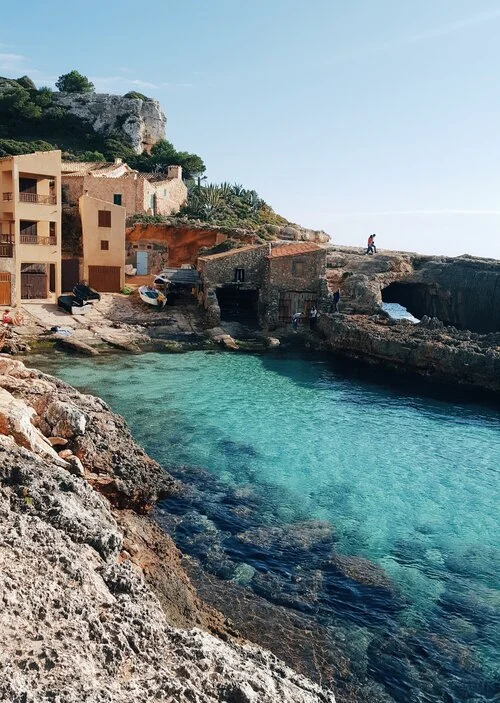
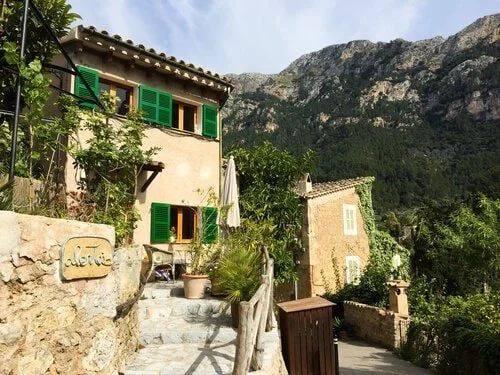
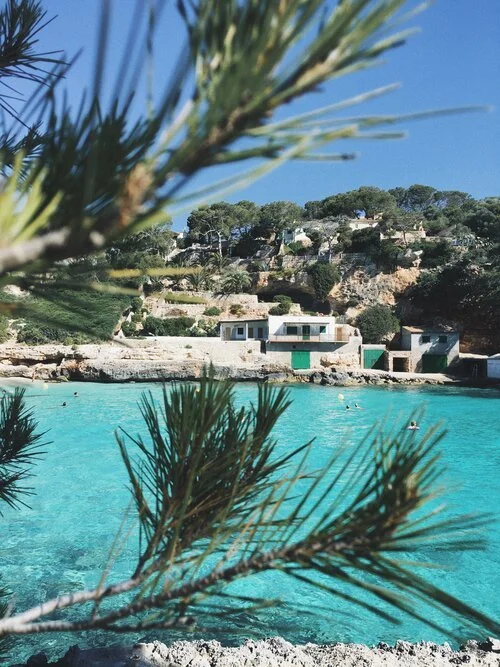
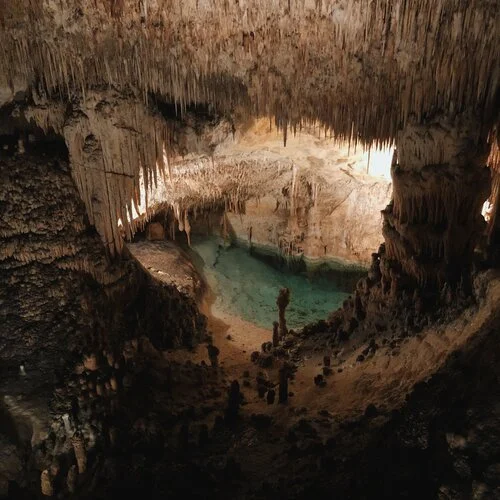

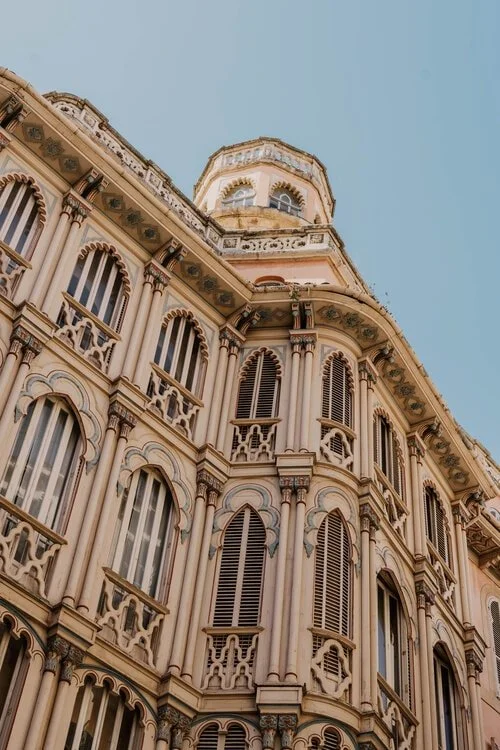
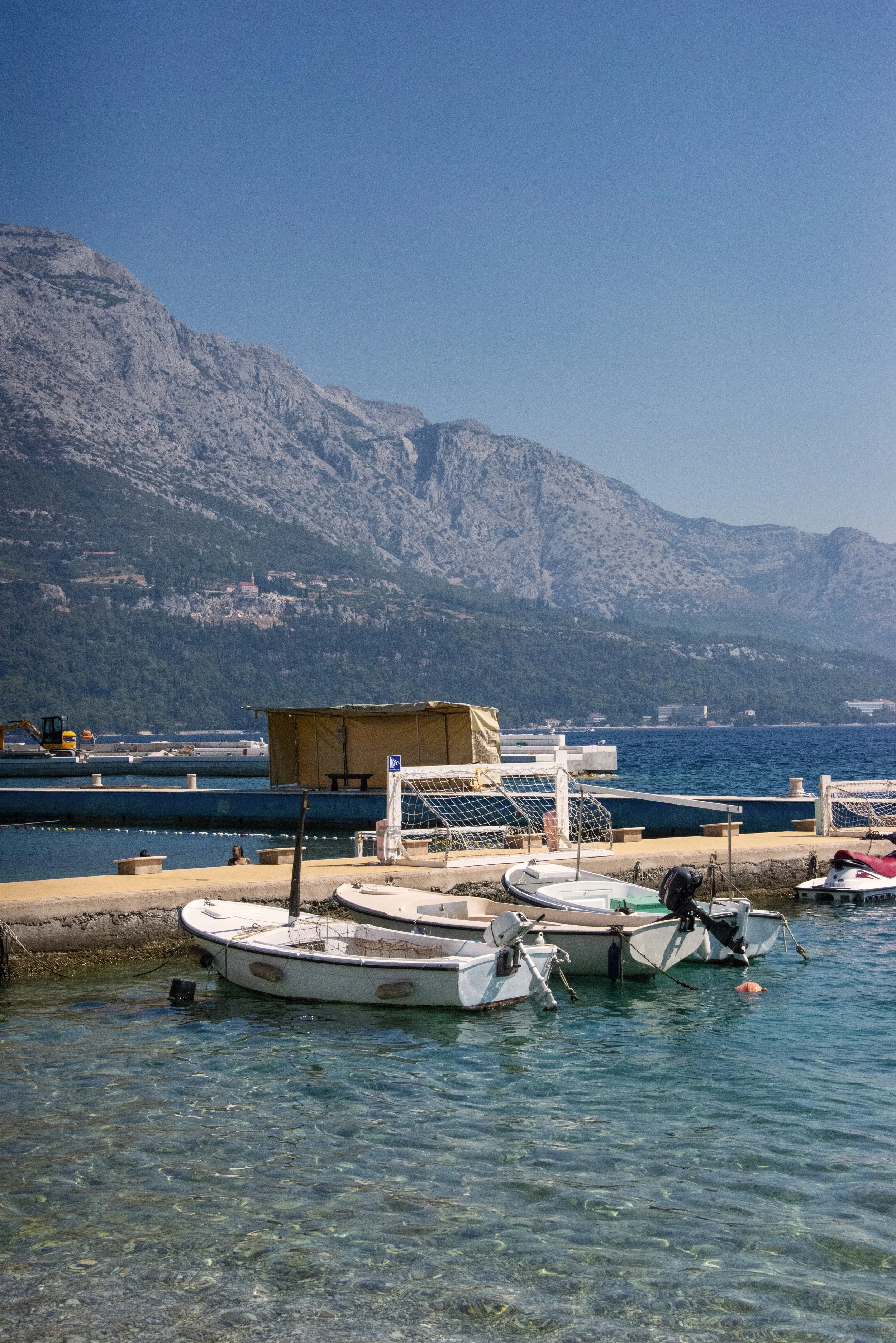
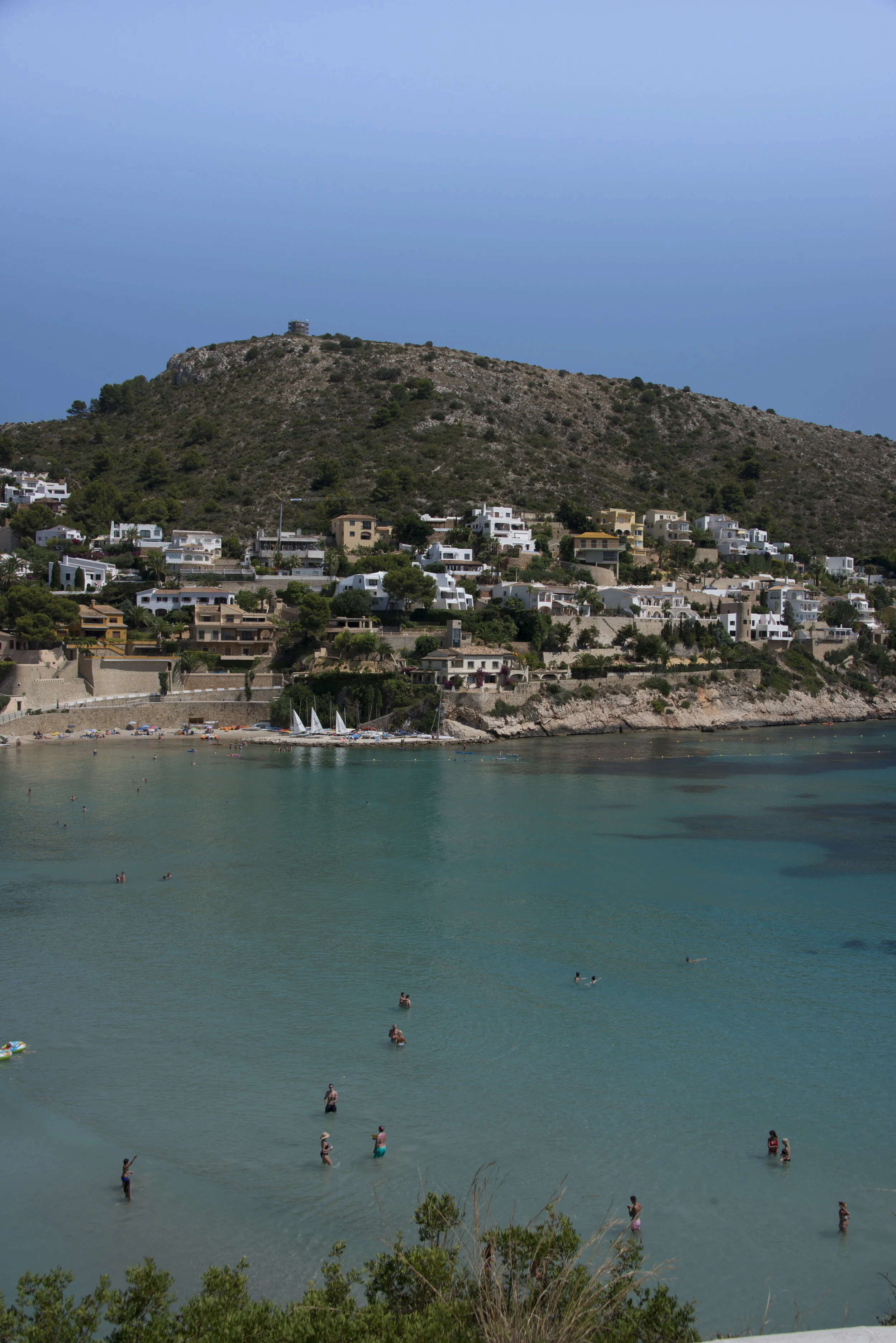







Situated at the foothills of the Sierra Nevada mountain range, this city boasts something for adventure, architecture and nature lovers alike. From the ancient Alhambra Complex to the saline white streets of Albacín, this Spanish city is steeped deep in charm. If you’re wondering how to plan a trip to Granada, look no further!